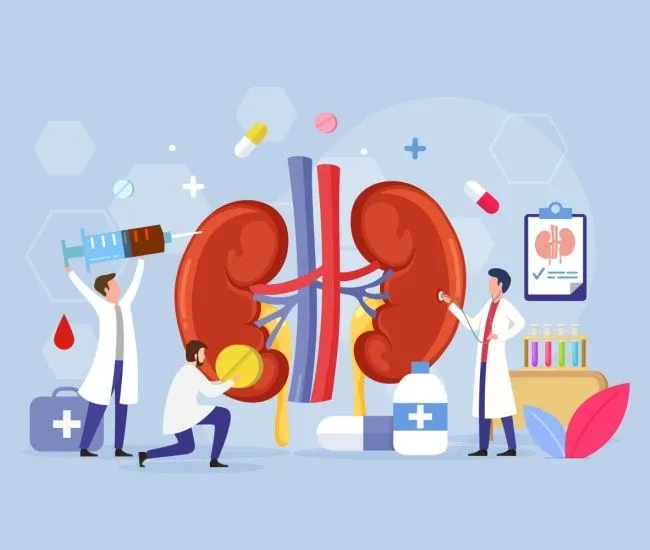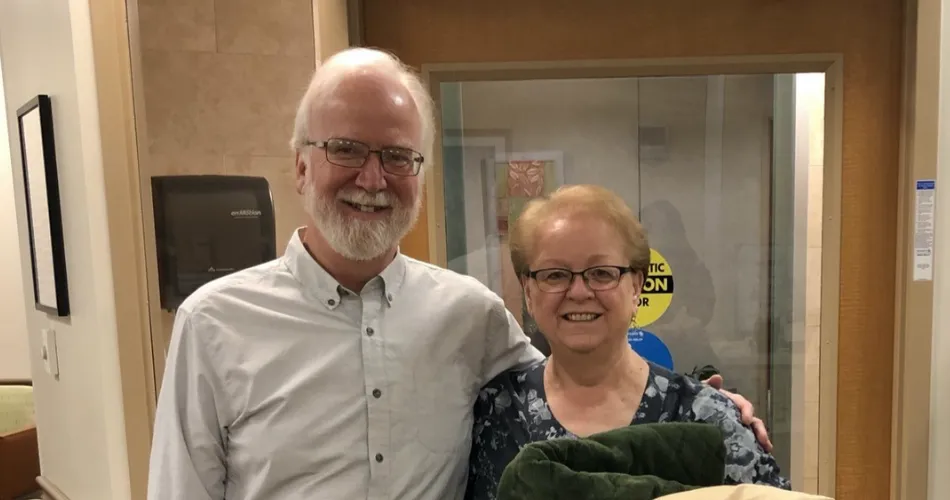How To GREATLY Improve The High Risk Myeloma Survival Rate!

High risk myeloma has historically had a very bad prognosis, with a stated overall survival of just 2 years. Few if any advances have been shown to overcome these high risk genetic features, however maybe the new efforts in data mining (Big Data) might be one way to identify regimens, which improve survival, but are just hidden in the data until someone finds them. There is a move that follows myeloma patients and their treatment decisions, and from this learn what works and what does not for the many genetic variations which are present in multiple myeloma. One initiative from the MMRF is called COMPASS, which is following 1000 newly diagnosed patients. Celgene has a 3000 patient study called ConnectMM, and a team sponsored by Takeda Pharmaceuticals will follow 5000 patients and is called INSIGHT-MM. These BIG DATA efforts will all be providing great incites into improvements in treatment. However, there is a data base that has been in existence for years which follows transplant patients both allo and auto, called the CIMBCR (Center for International Blood and Marrow Transplant Research). Recently, members of the CIMBCR conducted a retrospective study of high and low risk patients, and obtained some outstanding incites into improved survival for patients with high risk genetic features. Between 2008 and 2012, 715 patients with multiple myeloma identified by FISH and/or cytogenetic data with upfront autologous stem cell transplant were identified in the Center for International Blood and Marrow Transplant Research database. High risk myeloma (HRM) was defined as del17p, t(4;14), t(14;16), hypodiploidy (<45 chromosomes excluding -Y) or chromosome 1p and 1q abnormalities; all others were non-HRM. The most significant finding was that HRM patients who had post transplant consolidation or maintenance had a 3 year overall survival rate of 81% versus just 48% for those without post transplant treatment. So HRM patients are 2.7 times more likely to die in three years if they do not have post transplant treatment. You can view the study if you CLICK HERE. Below you can view this in graphic form.
High risk myeloma has historically had a very bad prognosis, with a stated overall survival of just 2 years. Few if any advances have been shown to overcome these high risk genetic features, however maybe the new efforts in data mining (Big Data) might be one way to identify regimens, which improve survival, but are just hidden in the data until someone finds them. There is a move that follows myeloma patients and their treatment decisions, and from this learn what works and what does not for the many genetic variations which are present in multiple myeloma. One initiative from the MMRF is called COMPASS, which is following 1000 newly diagnosed patients. Celgene has a 3000 patient study called ConnectMM, and a team sponsored by Takeda Pharmaceuticals will follow 5000 patients and is called INSIGHT-MM. These BIG DATA efforts will all be providing great incites into improvements in treatment. However, there is a data base that has been in existence for years which follows transplant patients both allo and auto, called the CIMBCR (Center for International Blood and Marrow Transplant Research). Recently, members of the CIMBCR conducted a retrospective study of high and low risk patients, and obtained some outstanding incites into improved survival for patients with high risk genetic features. Between 2008 and 2012, 715 patients with multiple myeloma identified by FISH and/or cytogenetic data with upfront autologous stem cell transplant were identified in the Center for International Blood and Marrow Transplant Research database. High risk myeloma (HRM) was defined as del17p, t(4;14), t(14;16), hypodiploidy (<45 chromosomes excluding -Y) or chromosome 1p and 1q abnormalities; all others were non-HRM. The most significant finding was that HRM patients who had post transplant consolidation or maintenance had a 3 year overall survival rate of 81% versus just 48% for those without post transplant treatment. So HRM patients are 2.7 times more likely to die in three years if they do not have post transplant treatment. You can view the study if you CLICK HERE. Below you can view this in graphic form.

about the author
Gary Petersen
Gary is a myeloma survivor and patient advocate. His work centers around helping patients live longer by helping them to find facilities who are beating the average survival statistics. You can find Gary's site at www.myelomasurvival.com and follow him on Twitter at @grpetersen1
More on Navigating Your Health
Trending Articles




Get the Latest Multiple Myeloma Updates, Delivered to You.
By subscribing to the HealthTree newsletter, you'll receive the latest research, treatment updates, and expert insights to help you navigate your health.
Together we care.
Together we cure.
3x Faster.











